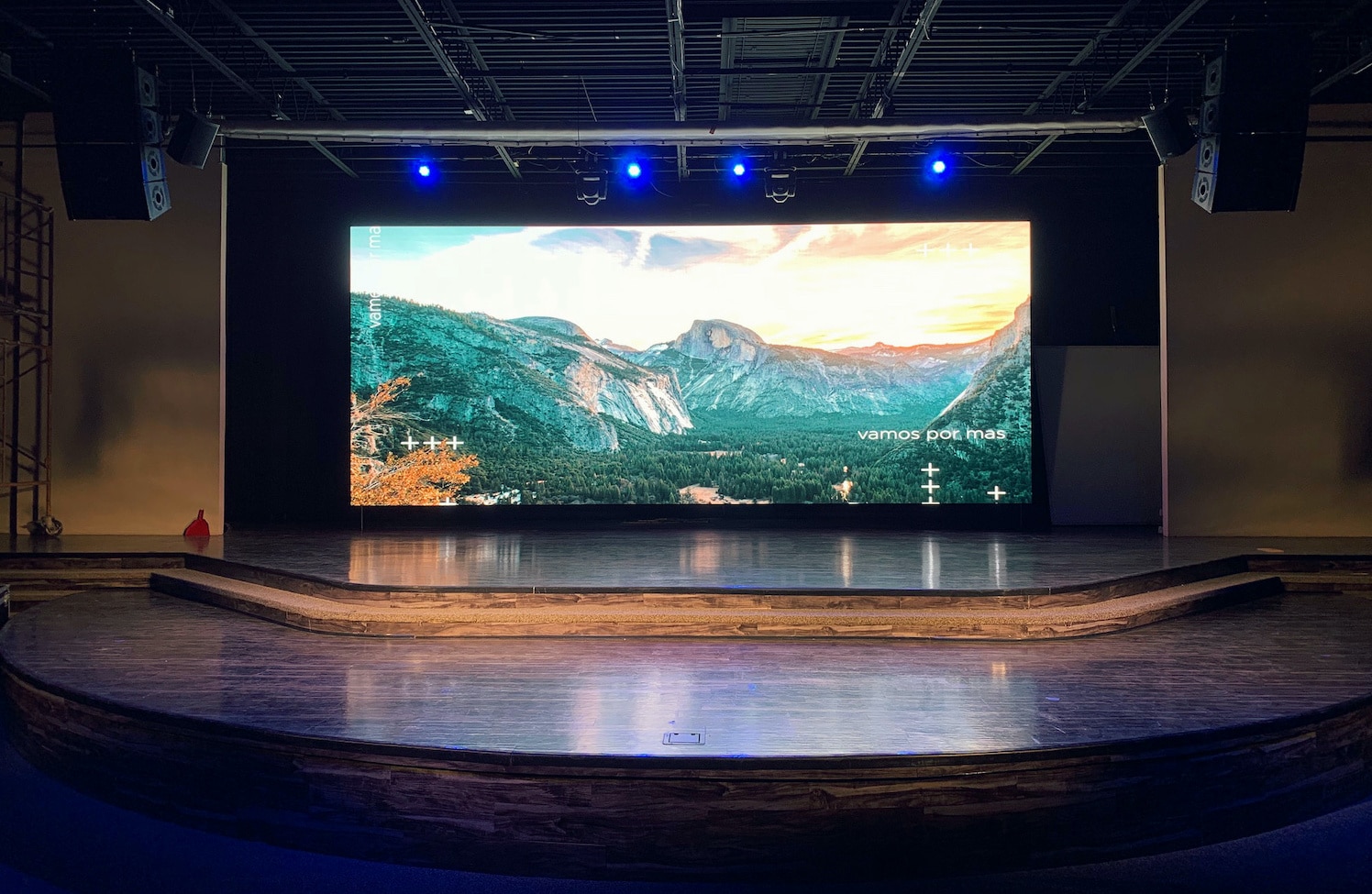Investigating the Durability of Light Emitting Diode Wall Screens in Comparison to Traditional Screen Technologies
Investigating the Durability of Light Emitting Diode Wall Screens in Comparison to Traditional Screen Technologies
Blog Article
LED wall screens have grown increasingly popular in recent times, particularly in settings like schools, corporate spaces, and community spaces. These panels use light-emitting lights (LEDs) to produce bright and vibrant images. One of the most notable benefits of LED innovation is its longevity compared to traditional display methods, such as CRT tube tubes (CRTs) and liquid crystal displays. Grasping the distinctions in duration and functionality between these technologies can help buyers make informed choices about their screen requirements.
Traditional screen technologies, like CRTs, have been around for numerous years. They were frequently used in TVs and computer screens. However, CRTs have a limited lifespan, generally lasting approximately 10,000 to 20,000 hours of operation. This means that after a few years, consumers may notice a decline in picture clarity, such as dimming or color deformation. In contrast, LED wall screens can last considerably longer, often exceeding 50,000 hrs. This prolonged lifespan means that consumers can experience consistent performance without the need for regular replacements.
Another important aspect to take into account is energy conservation. LED panel panels consume less energy than conventional displays, which not only benefits the ecosystem but also reduces electricity expenses. For instance, while a CRT monitor may use approximately 100 W of power, an LED panel can consume as few as 30 to 50 watts. This difference in power usage contributes to the total durability of LED technology, as lower energy consumption generates less heat. Excess thermal energy can damage electronic parts, leading to a shorter lifespan for traditional displays.
In furthermore to their extended duration and energy efficiency, LED panel screens also offer superior image clarity. They provide brighter colors and better differentiation, making them perfect for multiple applications, from advertising to learning displays. The innovation behind LED panels allows for a wider sight perspective, meaning that images stay clear and vibrant even when seen from the flank. This is a major advantage over traditional displays, which frequently experience from hue distortion site link and reduced brightness at wider perspectives.
In summary, the longevity of LED wall panels compared to conventional screen methods is a crucial factor for consumers to consider. With durations that can surpass 50,000 hrs, power efficiency, and superior visual clarity, LED technology offers many benefits. As technology continues to advance, LED panel screens are probably to turn even more prevalent in various settings. Understanding these distinctions can assist people and entities make improved decisions when investing in display technology, ensuring they receive the optimal worth for their requirements.